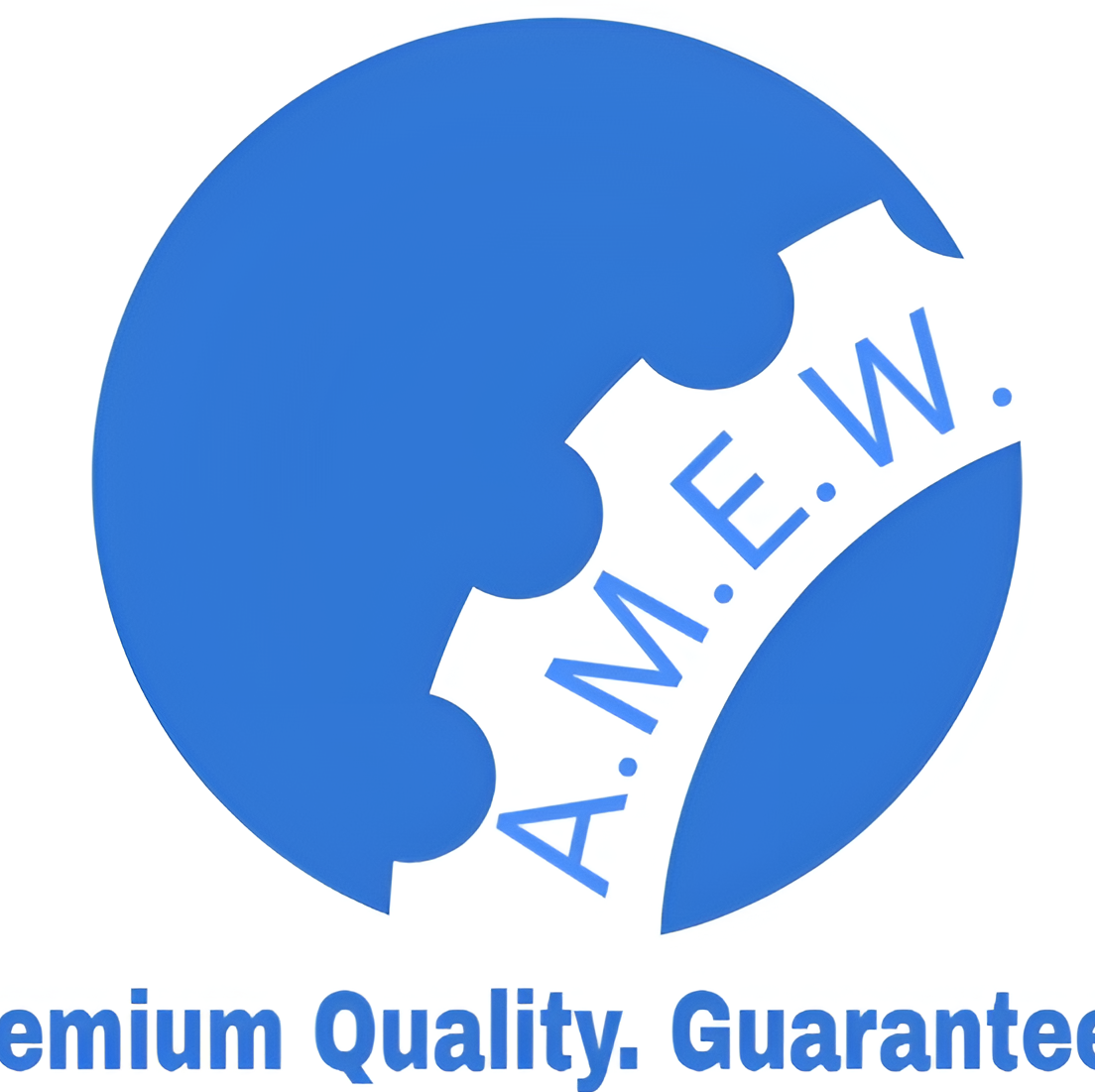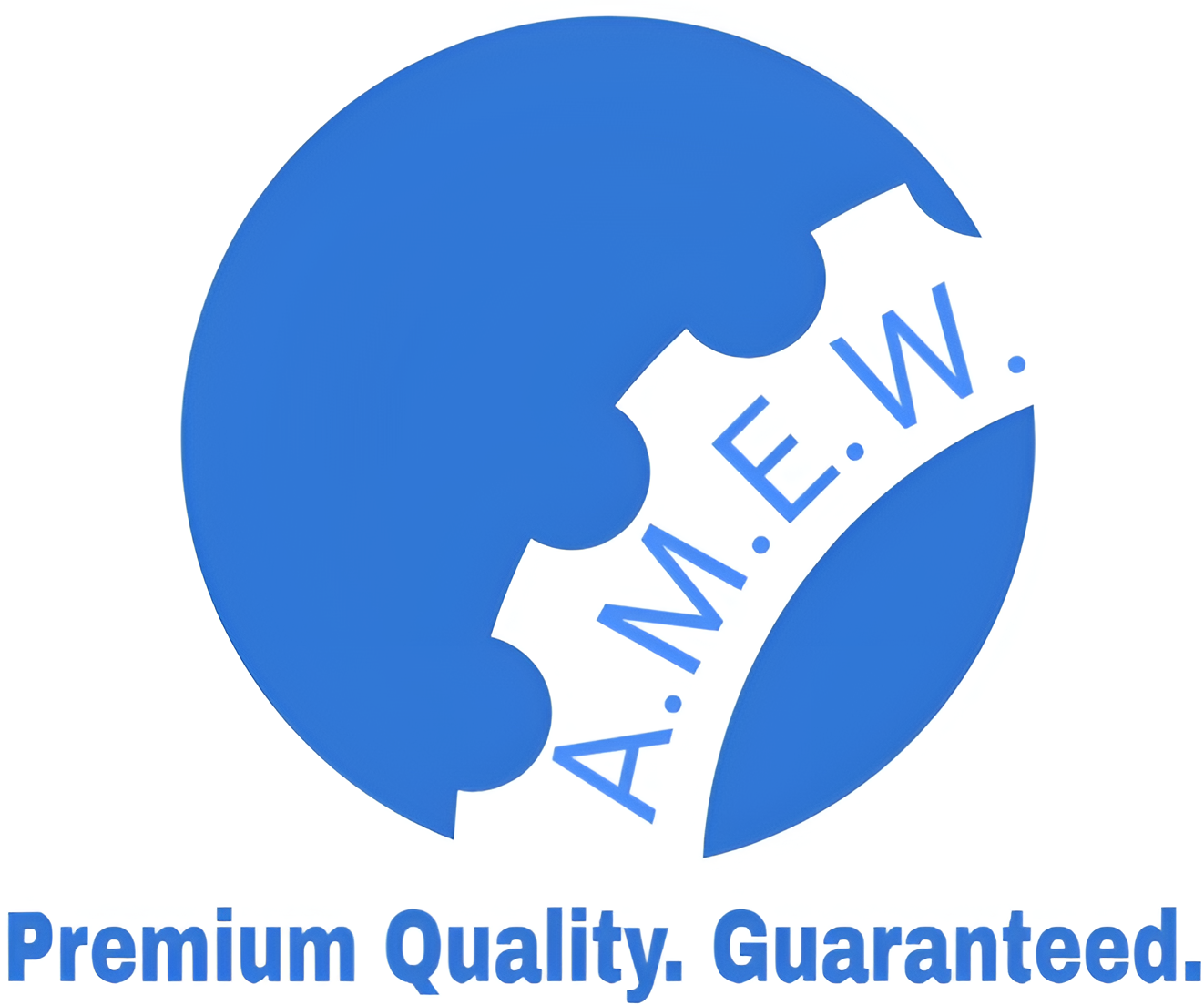The Essential Guide to Rolled Steel Rings Across Engineering and Construction
Introduction to Rolled Steel Rings
Rolled steel rings are indispensable components in various industries, thanks to their durability, strength, and versatility. From stabilizing foundations in geotechnical engineering to supporting green initiatives in environmental science and ensuring long-term stability in construction projects, these circular marvels are everywhere.
But what exactly are rolled steel rings, and why are they so valuable? Rolled steel rings are seamless steel products formed through state-of-the-art manufacturing processes. Their seamless design allows them to handle immense stress and pressure, making them an ideal solution for demanding projects across multiple engineering disciplines.
In this blog, we’ll explore the manufacturing process of rolled steel rings, their applications in geotechnical engineering, environmental science, and construction, their unique advantages, and the exciting trends shaping their future. Whether you’re stabilizing soil for a tunnel project or looking for sustainable solutions in construction, this guide will showcase why rolled steel rings are at the top of their class.
Manufacturing Process: How Rolled Steel Rings Are Made
The production of rolled steel rings is a meticulously refined process that combines precision and raw engineering. Here’s a breakdown of the key steps:
- Forging
The process begins with high-quality steel billets or ingots. These are heated to a suitable forging temperature where the material becomes malleable.
- Punching
Once heated, the steel is punched at its center, creating a hole that forms the core of the ring. This step lays the foundation for the ring’s concentric shape.
- Ring Rolling
The punched steel is then placed on a ring-rolling machine that shapes and extends the material into the desired dimensions. This step ensures a seamless finish for uniform strength and stress resistance.
- Heat Treatment
Next, the ring undergoes heat treatment to enhance its mechanical properties. This improves its toughness, flexibility, and ability to withstand extreme stress.
- Finishing and Quality Check
The final stage involves precision machining to meet specific dimensions, surface treatments for corrosion resistance, and quality testing to ensure the ring meets industry standards.
Thanks to the uniform strength from this seamless process, rolled steel rings deliver reliability and durability unmatched by other materials.
Applications in Geotechnical Engineering
Geotechnical engineers often work in environments where stability and strength are paramount. Rolled steel rings play a critical role in stabilizing soil structures and resisting challenging environmental pressures. Here are key applications in the field:
- Foundation Reinforcement
Rolled steel rings are used to reinforce pilings, caissons, and deep foundations, ensuring soil stability under large loads like skyscrapers or bridge supports.
- Tunnel Lining Systems
The uniform strength of these rings makes them excellent for supporting tunnels as they hold back soil and prevent collapses. Their corrosion-resistant finishes are especially beneficial in tunnels prone to moisture exposure.
- Slope Stabilization
Rolled steel rings reinforce retaining walls or gabion systems to stabilize slopes and prevent landslides in vulnerable areas.
Their application in geotechnical engineering ensures structural integrity even in the most adverse soil and environmental conditions.
Applications in Environmental Science
Rolled steel rings are increasingly making their mark in environmental science, where sustainability and ecological impact are key concerns:
- Wastewater Treatment Plants
The rings are used in structural reinforcements for tanks and filter systems that ensure effective water management and pollutant filtration.
- Renewable Energy Systems
From wind turbines to solar panel tracking systems, rolled steel rings provide critical structural components to ensure these systems operate efficiently under varying environmental conditions.
- Erosion Control Systems
By acting as durable framing elements in erosion mitigation projects, rolled steel rings help stabilize shorelines and riverbanks.
Their adaptability and ability to integrate into eco-friendly projects make them a go-to option for environmental scientists and engineers who prioritize both performance and sustainability.
Applications in Construction
The construction sector has long relied on rolled steel rings for their combination of practicality and strength. Here’s how they’re used:
- Support Columns and Beams
Rolled steel rings are incorporated into steel columns and beams to enhance the longevity and stability of buildings, ensuring they remain safe over decades.
- Precast Concrete Reinforcement
These rings are an integral part of precast concrete products to improve tensile properties and accommodate stress from heavy loads.
- Bridge Bearings
Rolled steel rings are often employed in bridge designs, particularly in bearing systems, to flexibly handle expansion, contraction, and shifting loads.
By bolstering strength and resisting failure under significant stress, rolled steel rings deliver unparalleled value in construction projects requiring precision and dependability.
Advantages of Using Rolled Steel Rings
Why are rolled steel rings the material of choice for so many industries? Here’s a closer look at their main advantages:
- Durability
Their seamless construction ensures exceptional resistance to wear, tear, and fatigue, even in extreme environments.
- Cost-Effectiveness
While upfront costs might be slightly higher, their long lifespan reduces overall maintenance and replacement costs, delivering better value over time.
- Sustainability
Many manufacturers now use recycled steel in ring production, aligning rolled steel rings with the growing demand for environmentally responsible materials.
From a financial and technical standpoint, these benefits position rolled steel rings as an unmatched material for engineering and design.
Case Studies: Successful Projects Using Rolled Steel Rings
- Project A: Soil Stabilization for a Major Metro System
Rolled steel rings were used in the tunnel linings of a metro expansion project in Southeast Asia. Engineers reported zero structural failures, even as the tunnel passed below high-traffic urban areas.
- Project B: Large-Scale Renewable Energy Installation
A wind farm in Scandinavia used rolled steel rings in its turbine foundations. Their corrosion resistance proved critical in the humid coastal region, ensuring zero downtime across all turbines.
- Project C: Erosion Mitigation in Coastal Areas
An erosion control project along a Californian shoreline employed steel-ring-reinforced gabion systems. These systems provided excellent wave resistance, preserving the natural landscape without frequent maintenance.
Trends and Future of Rolled Steel Rings in the Industry
The demand for rolled steel rings continues to rise due to advances in material sciences and AI-driven manufacturing techniques. Here are a few trends shaping the future:
- Enhanced Materials
New steel alloys promise even greater strength while maintaining lightweight properties, further expanding application possibilities.
- Digital Twinning and AI in Manufacturing
Digital twin technologies, combined with machine learning, allow manufacturers to simulate production and optimize ring designs for specific projects.
- Sustainability Initiatives
Industry leaders are focusing on carbon-neutral production processes and increasing the use of recycled materials for rolled steel ring creation.
These trends ensure that rolled steel rings will remain relevant, even as industries evolve towards more sustainable, technologically integrated futures.
Why Rolled Steel Rings Are a Valuable Material
Rolled steel rings are more than simple structural components; they are essential materials driving progress across geotechnical engineering, environmental science, and construction. Their unmatched durability, cost-effectiveness, and adaptability make them a perfect fit for challenging projects.
If you’re planning a project and looking to optimize structural performance and sustainability, rolled steel rings could be the solution you’ve been searching for.


